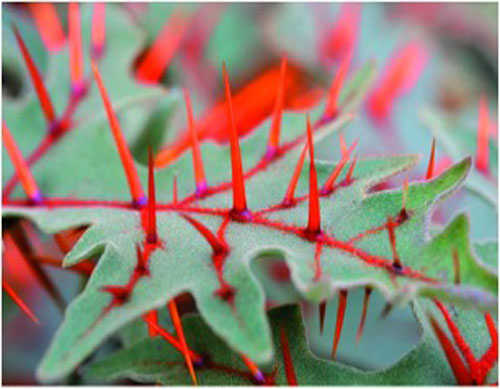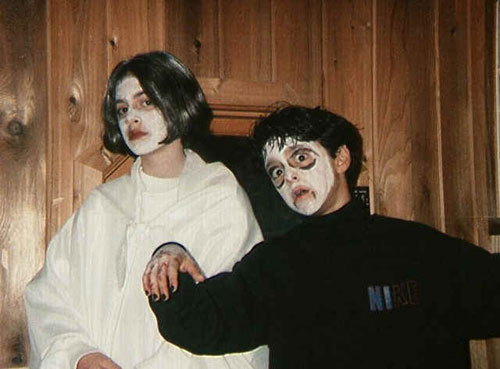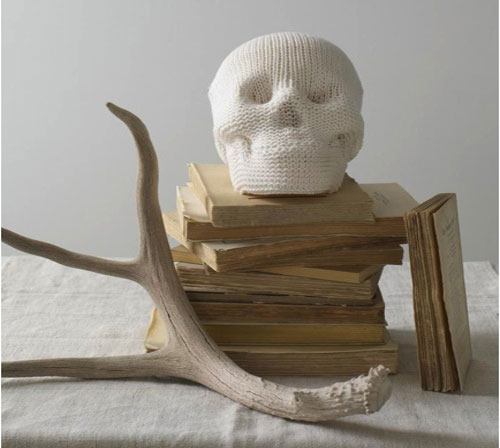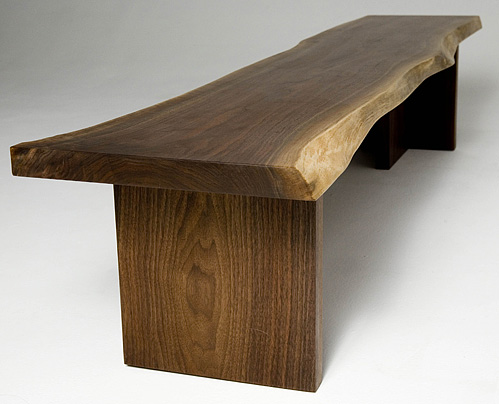 Last month, Chronogram asked me to cover a story about the Wickham Solid Wood Studio in Beacon, NY. I just love sinking my teeth into this kind of assignment. Not only is Jessica Wickham's handcrafted furniture local and heirloom quality, it is sustainable in ways that give back without harming our at-risk forests. Jessica’s furniture has the ability to teach us how to tread carefully with our natural resources, and still create stunning products.
Jessica possesses a rare combination of skills. She can look at a downed tree in the forest and see its inherent potential. From an ecological perspective, a responsibly-sourced tree becomes the perfect green building material. When I met Jessica, I was inspired by the respect she has for the rich wood grain and the natural shape of trees. With minimal processing (low or no-VOC stains), traditional joinery, and natural finishing techniques reminiscent of both Japanese traditions and Shaker sensibilities. Jessica has found just the right mix of "process, poetry, and patience". Her functional pieces could be considered the exact opposite of the glut of mass-produced furniture we see in stores.
Last month, Chronogram asked me to cover a story about the Wickham Solid Wood Studio in Beacon, NY. I just love sinking my teeth into this kind of assignment. Not only is Jessica Wickham's handcrafted furniture local and heirloom quality, it is sustainable in ways that give back without harming our at-risk forests. Jessica’s furniture has the ability to teach us how to tread carefully with our natural resources, and still create stunning products.
Jessica possesses a rare combination of skills. She can look at a downed tree in the forest and see its inherent potential. From an ecological perspective, a responsibly-sourced tree becomes the perfect green building material. When I met Jessica, I was inspired by the respect she has for the rich wood grain and the natural shape of trees. With minimal processing (low or no-VOC stains), traditional joinery, and natural finishing techniques reminiscent of both Japanese traditions and Shaker sensibilities. Jessica has found just the right mix of "process, poetry, and patience". Her functional pieces could be considered the exact opposite of the glut of mass-produced furniture we see in stores.
The woods around my property (left) may seem like a tree mecca, but a quick understanding of how forests have suffered, can illuminate the importance of sustainable forestry.
Since I’ve been brushing up on my earth science (haven’t used that term since my kids were in middle school) for my posts for the EDF's Moms Clean Air Force, I’ve learned that deforestation caused by air pollution, acid rain and other environmental hazards aids in the erosion of our forests. This has become a leading contributor towards the loss of biodiversity. Intact eco-systems provide an intricate web that controls floods, conserves oxygen, soil, insects and creates diverse habitats. While forests do regrow, when older forests decline they eventually lose more carbon to the atmosphere than they absorb, thus fueling climate change.
Whew, science lesson over. My husband Ted is an environmental planner, so I generally leave these types of granular discussions to him. But, I’m digging in and exercising my brain, as I discover the depth of environmental issues our children will inherit.
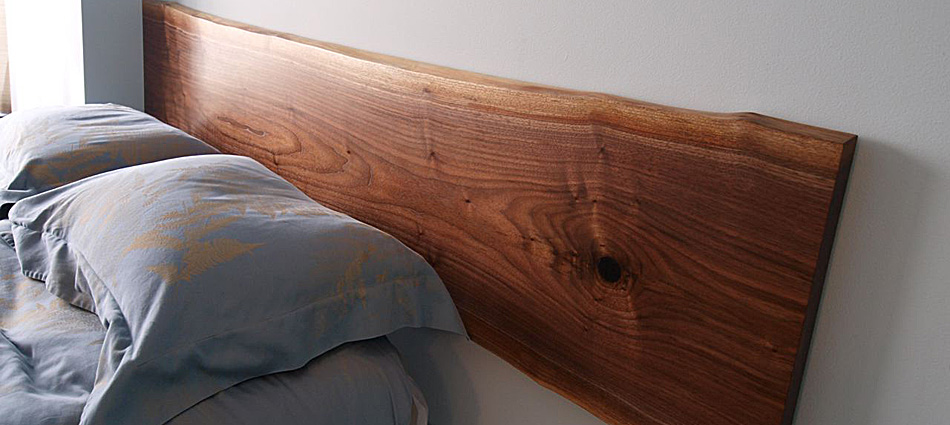 Once again, I’m noticing that if there is one thing that will get us beyond the planet's sustainability woes, it will be an eco-enlightenment that includes a lifecycle analysis of everything. With style and sustainability, artisans like Jessica Wickham are leading the way.
Once again, I’m noticing that if there is one thing that will get us beyond the planet's sustainability woes, it will be an eco-enlightenment that includes a lifecycle analysis of everything. With style and sustainability, artisans like Jessica Wickham are leading the way.
Credit: black walnut bench and headboard, Wickham Solid Wood Studio




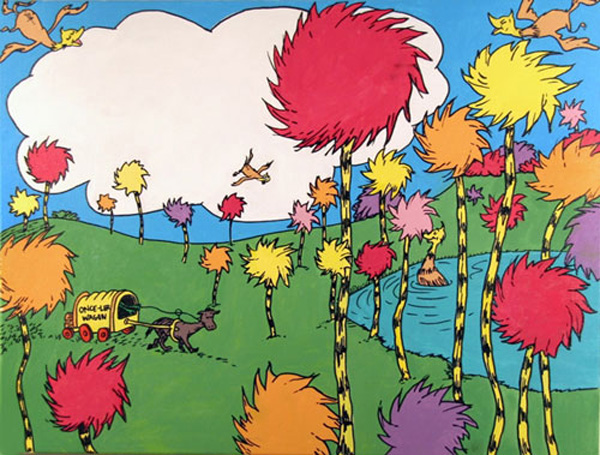 "I speak for the trees, for the trees have no tongues." ~ The Lorax
"I speak for the trees, for the trees have no tongues." ~ The Lorax

